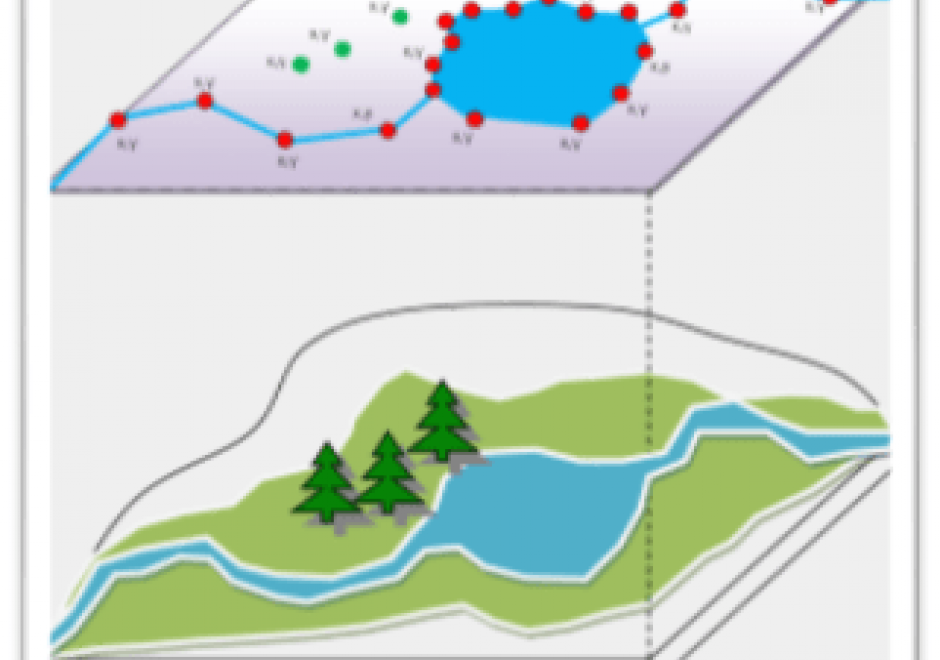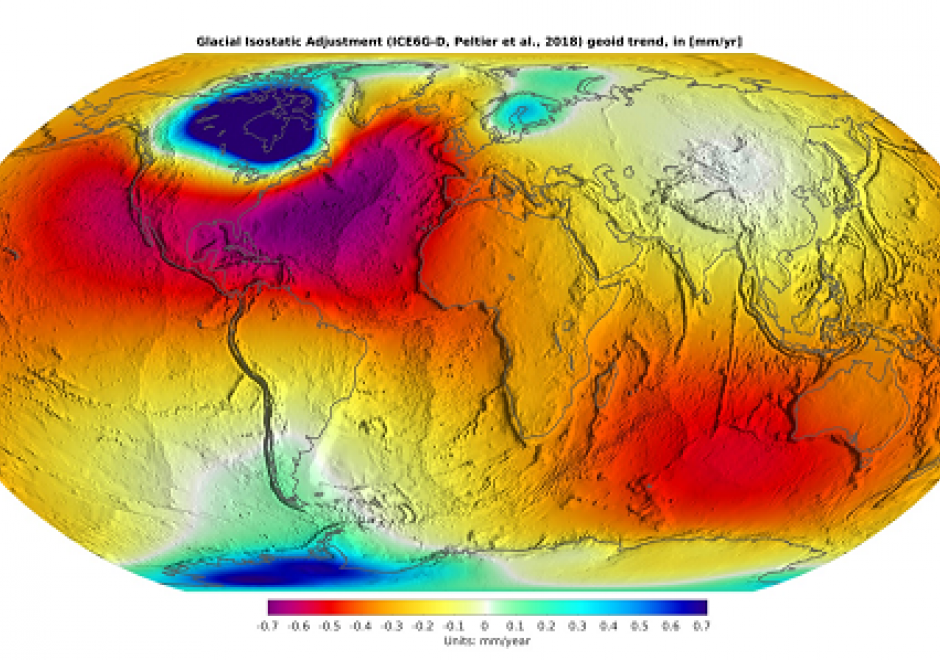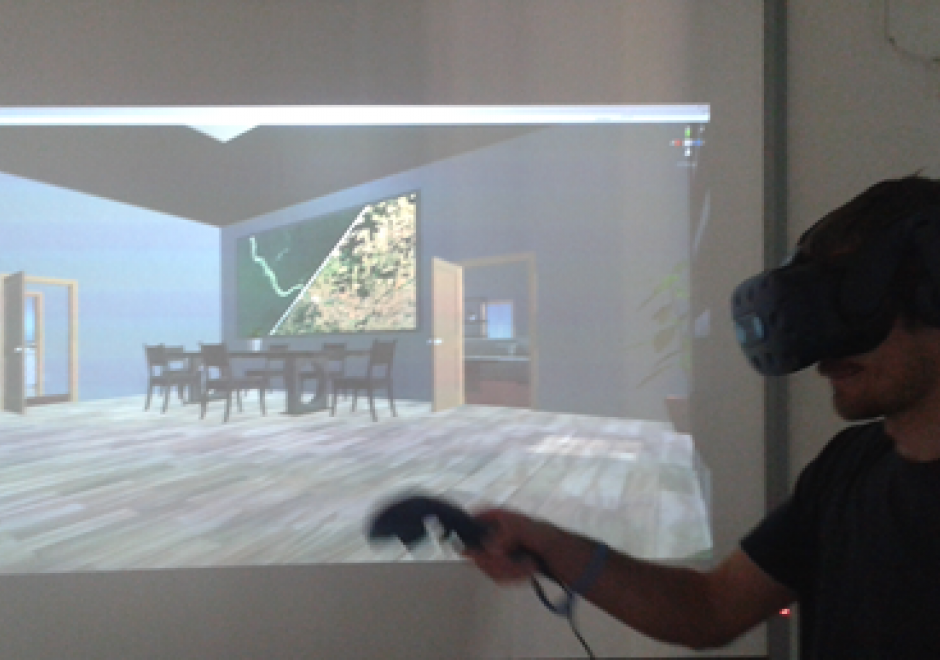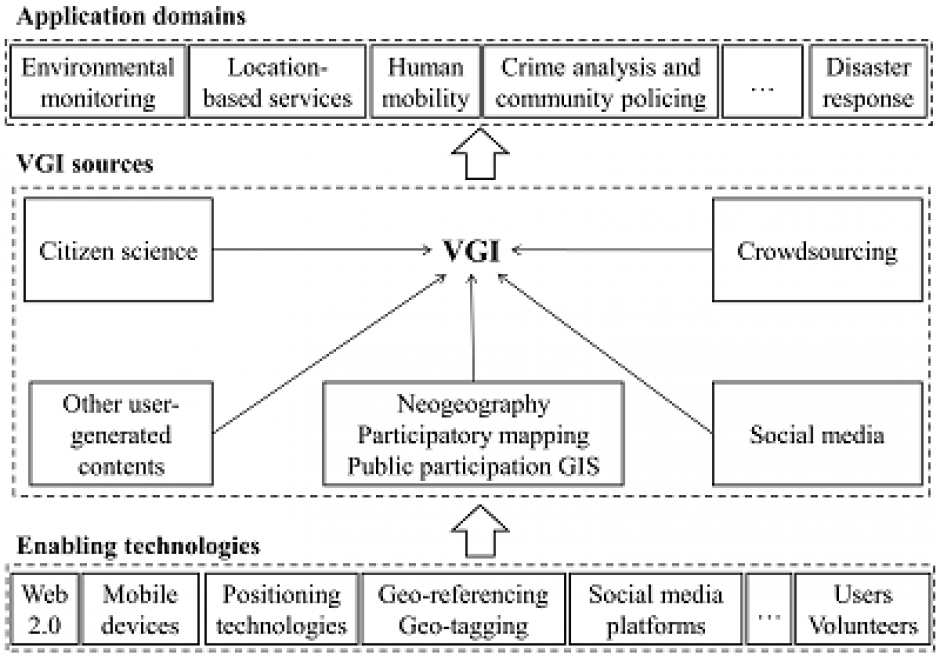CV-03 - Vector Formats and Sources

In the last ten years, the rise of efficient computing devices with significant processing power and storage has caused a surge in digital data collection and publication. As more software programs and hardware devices are released, we are not only seeing an increase in available data, but also an increase in available data formats. Cartographers today have access to a wide range of interesting datasets, and online portals for downloading geospatial data now frequently offer that data in several different formats. This chapter provides information useful to modern cartographers working with vector data, including an overview of common vector data formats (e.g. shapefile, GeoJSON, file geodatabase); their relative benefits, idiosyncrasies, and limitations; and a list of popular sources for geospatial vector data (e.g. United States Census Bureau, university data warehouses).





KE-27 - Value of Professional Geospatial Organizations
There are a great many professional associations in the geospatial sector. They provide a great deal of value to the geospatial community and professionals working in that community. The value can be described in terms of professional development, technological and organizational advancement, advocacy, governance, and leadership. The following text explains the various ways in which professional associations provide value to the community.